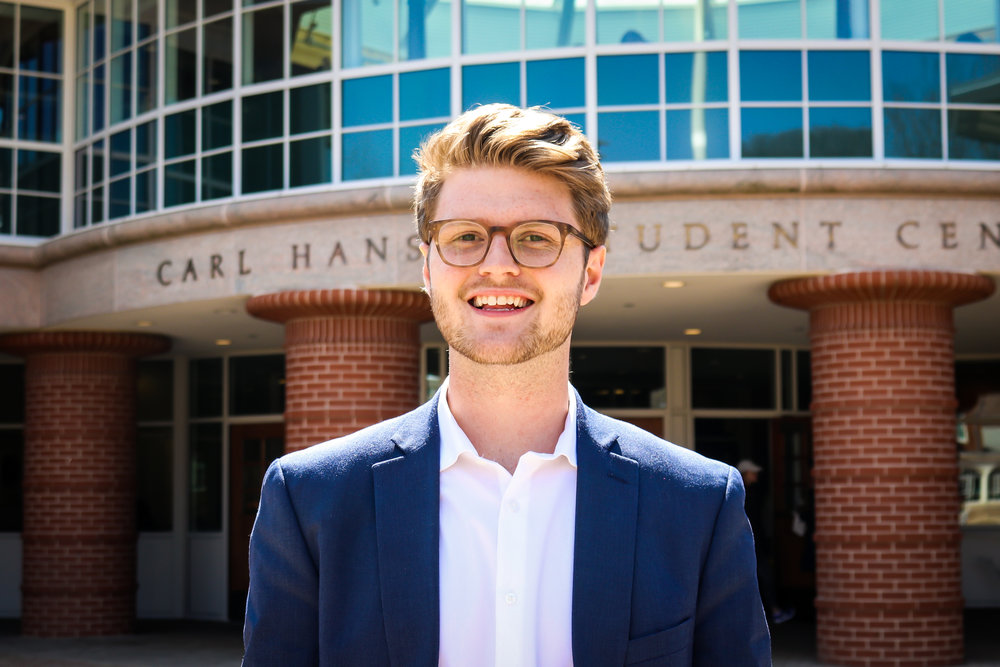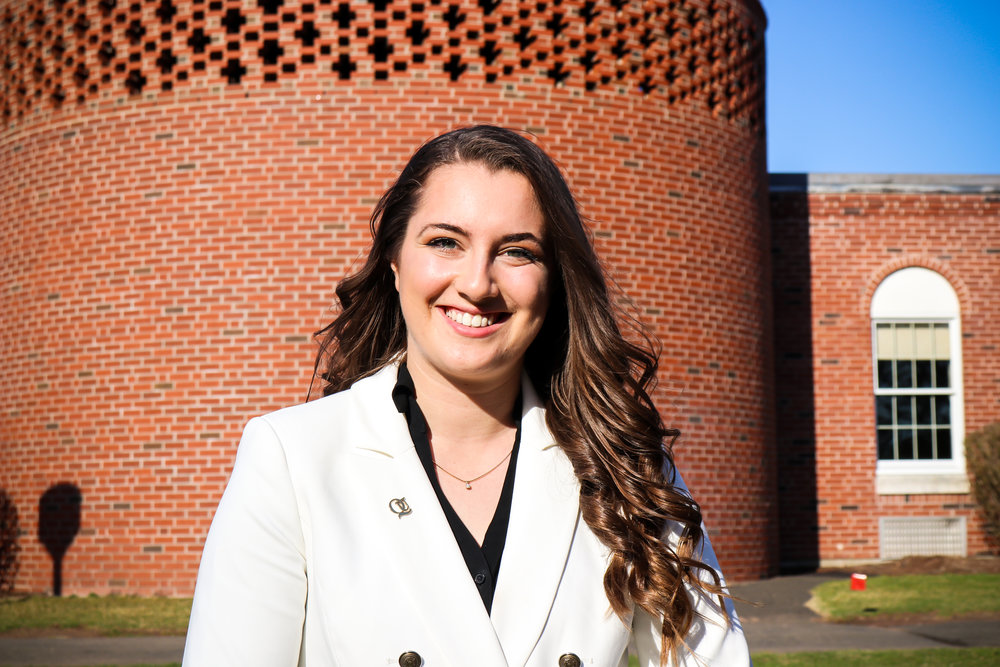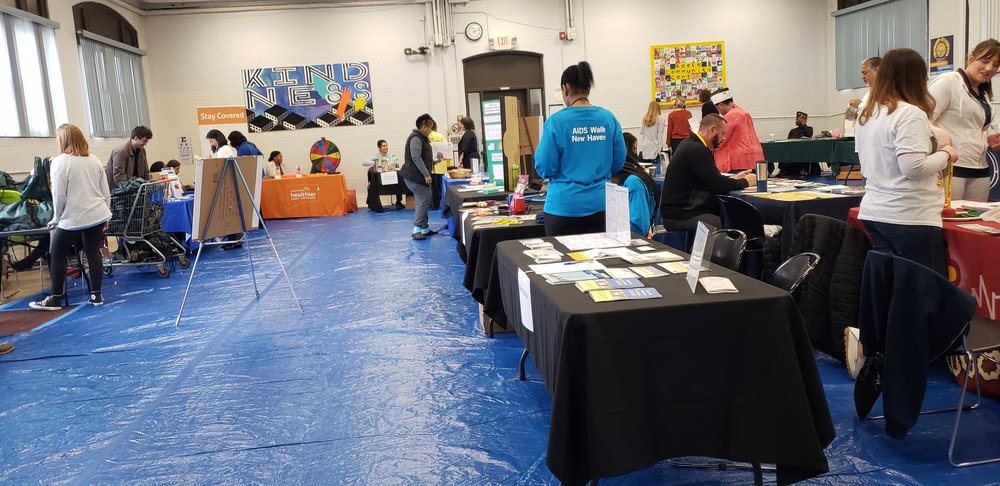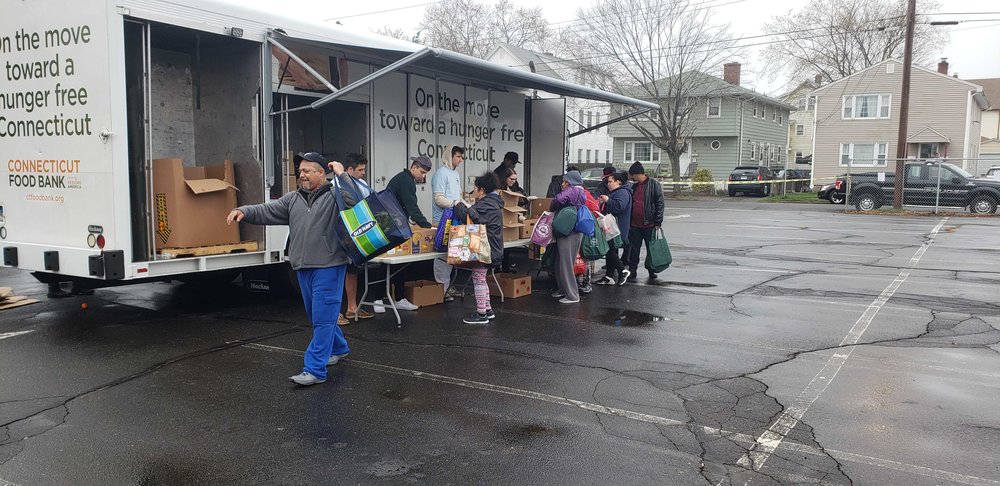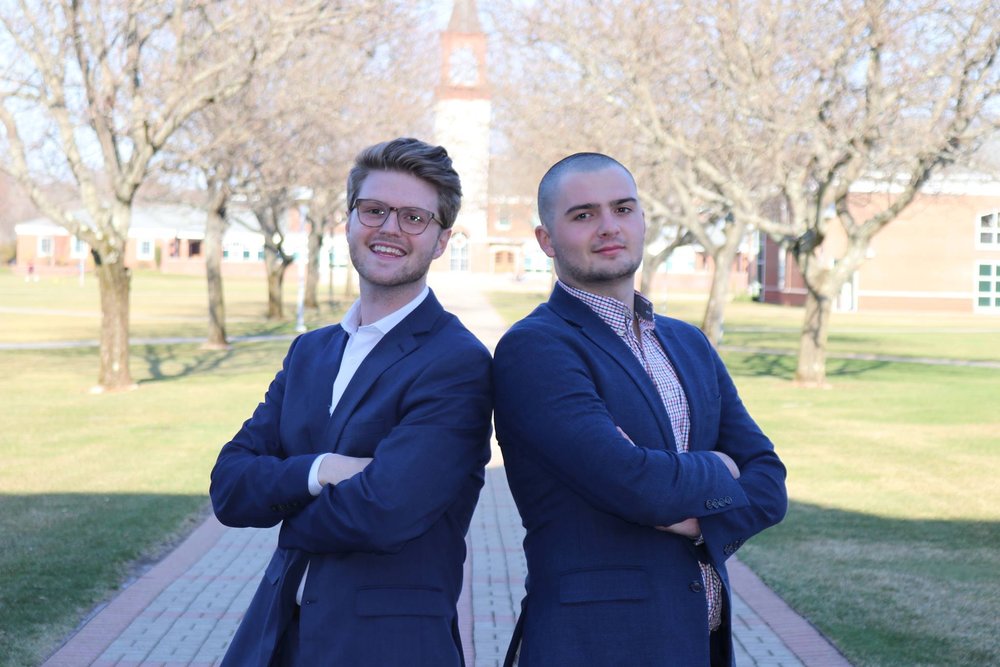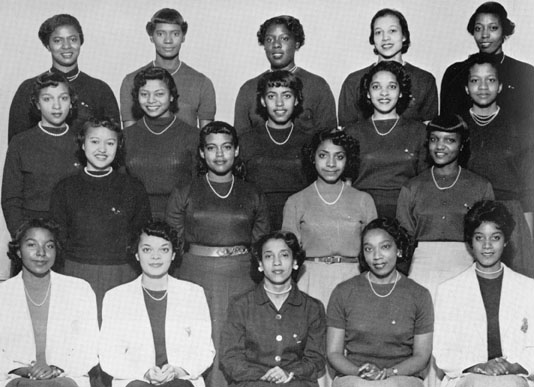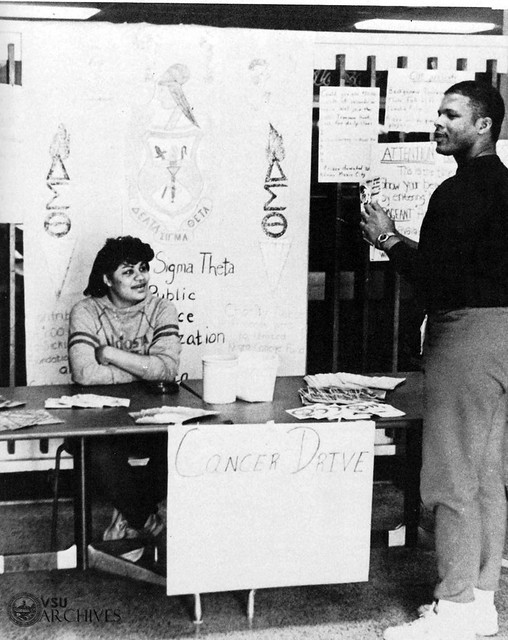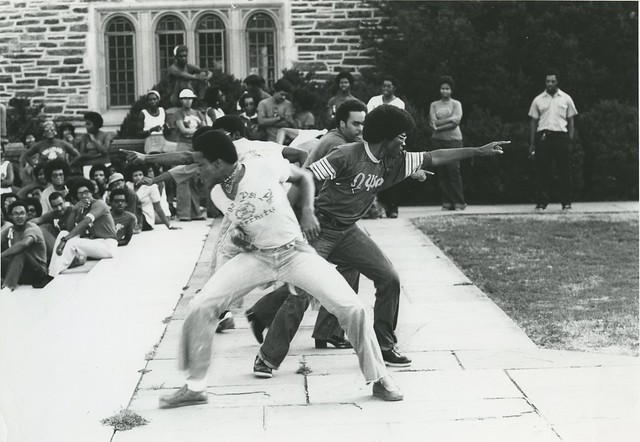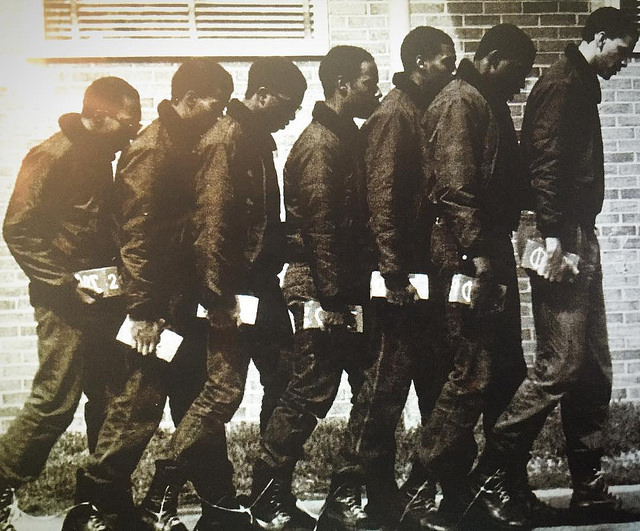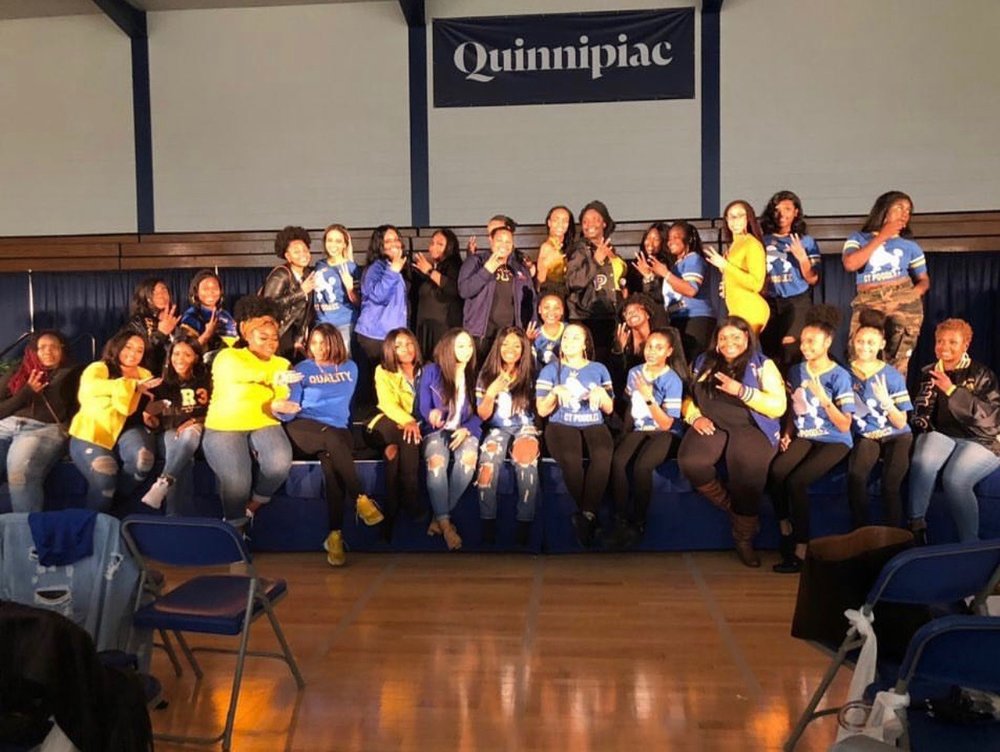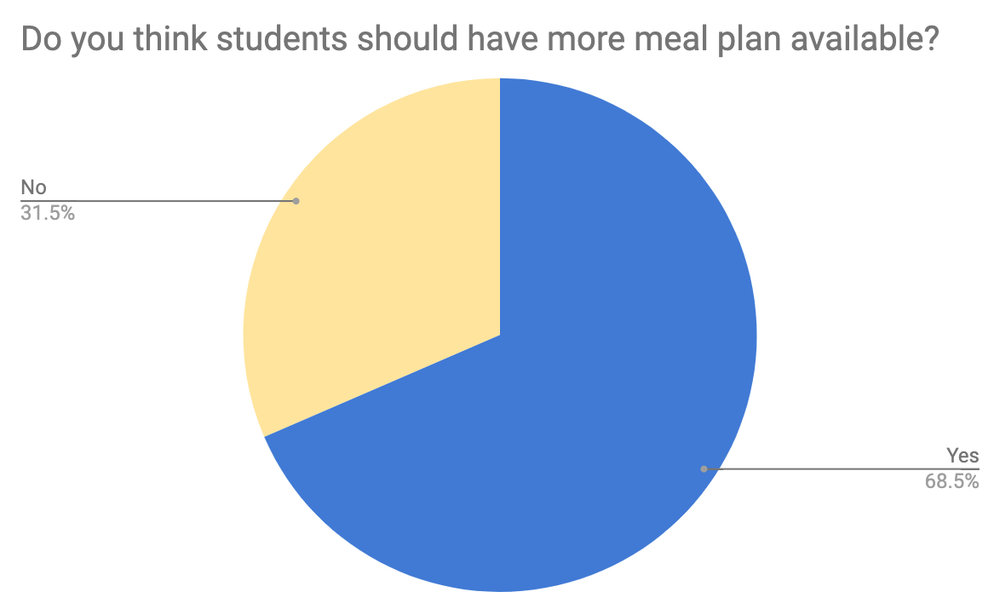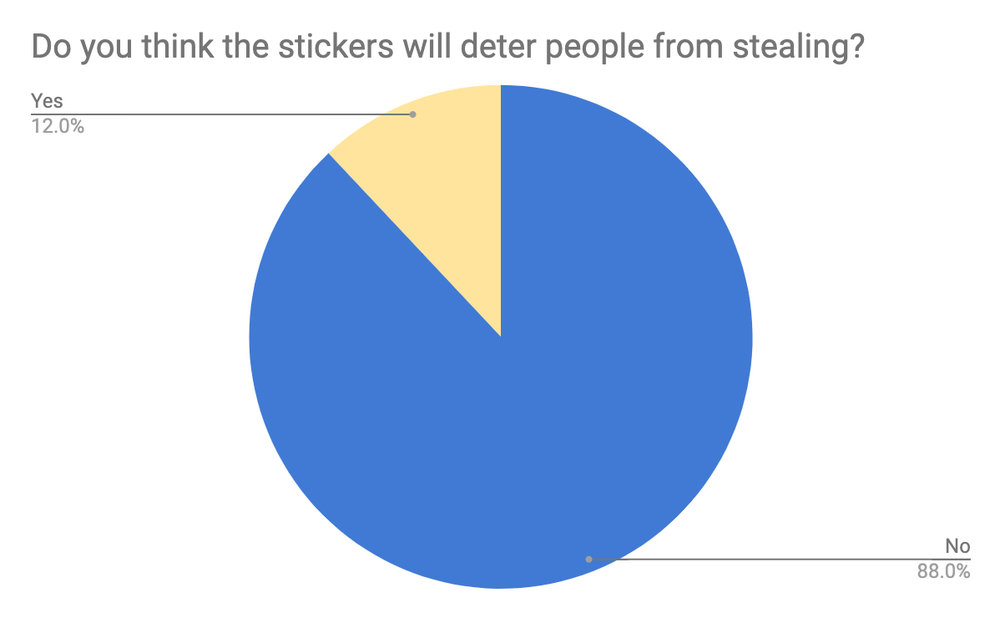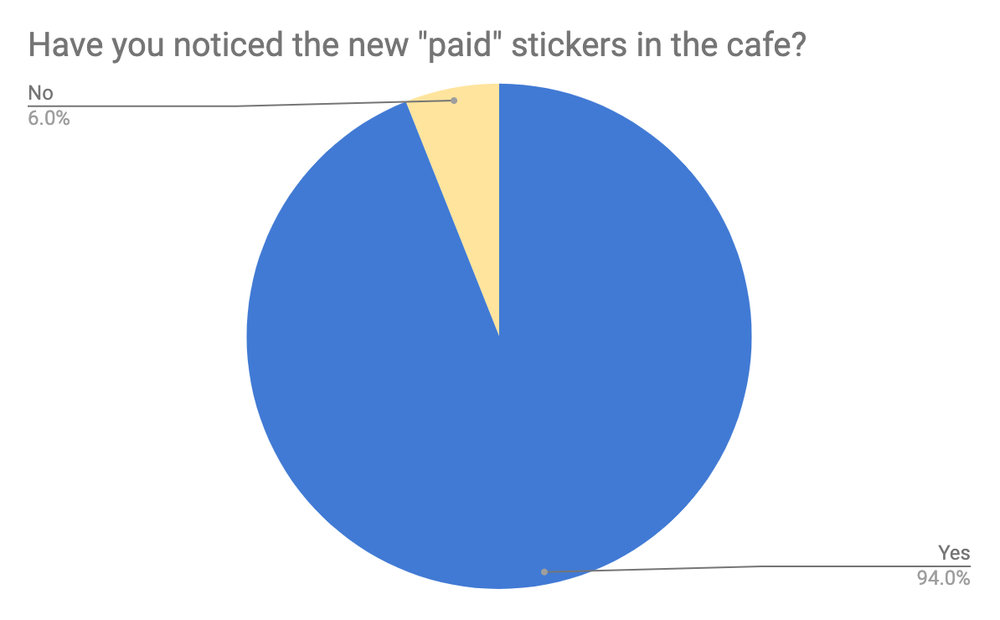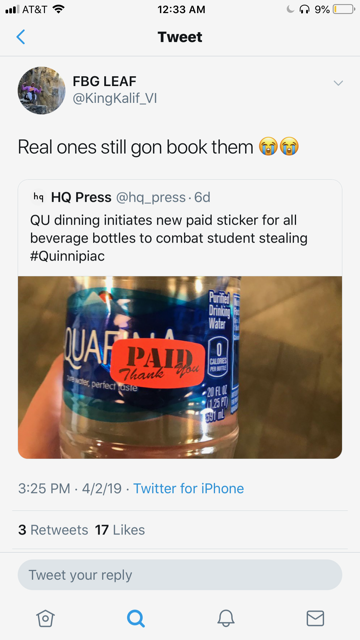
A Hamden PD officer speaks with an individual in violation of distracted driving.
(Photo: Sam Bashaw)
“Black Honda Pilot, AL, white male, texting, right hand, right lane.”
This is the call Captain Ronald Smith makes to four police officers a block away from his undercover position in front of the Hamden Plaza. Sergeant Gregg Curran, of the Hamden Police Department Traffic Division, slows down the traffic on Dixwell Avenue, pulls over the Honda Pilot driver and writes him a $150 ticket for texting while driving.
During the month of April the Hamden PD and the Connecticut Department of Transportation Highway Safety Office are partnering with the United States Department of Transportation for their national “U Drive — U Text — U Pay” campaign, according to a press release sent out by Hamden PD.
This means that a heavier police squad presence around town, namely at the intersection of Sherman and Whitney Avenues, in front of Hamden Plaza and the intersection of Whitney and Mount Carmel Avenues, will be watching and ticketing drivers utilizing their phones.
“(The campaign) is all throughout the state,” Smith said. “We regularly participate because our numbers and the amount of tickets we’ve given out have been enormous.”
The Hamden PD has been participating in the “U Drive — U Text — U Pay” campaign for several years and its most recent venture in August of 2018, produced more than 600 issued tickets in less than a month’s time.
“It’s been a constant flow,” Smith said of the number of cars his officers have pulled over in the first two hours of their four-hour shift. “(The no texting while driving law) has been on the books for several years and people just don’t abide by it and think it’s not a big problem.”
During the campaign, Hamden PD rotates two, four-hour shifts every day from Monday through Friday. One officer will dress in plain clothes as the ‘spotter,’ who inconspicuously radios a violation to a team of three to four officers in uniforms and police cars about a block or two down from the spotter’s location.
Each officer helping in the campaign is compensated in the form of overtime that comes from a grant provided by Connecticut Department of Transportation.
“The sad thing is that when we don’t have the grant we don’t have the manpower to enforce this specific law,” Smith said. “Officers on the street here have so many other things to do and they don’t have a lot of time to look for distracted driving, they’re going to calls and other things, accidents, etc…. Unfortunately, budgetary constraints and things like that make it difficult. (The grant) is nice because it doesn’t really affect the taxpayers in town.”
Andrew Tran, a 29-year-old from West Haven, was pulled over on April 15 while Smith and his team were doing checks.
“It sucks, but I wasn’t texting,” Tran said. “I was holding it, but I wasn’t using it, but I get why I was pulled over.”
Tran was unaware of the $150 ticket he would receive after getting caught. Under Connecticut’s cell phone and texting law, a second violation doubles to $300 and then to $500 for each subsequent offense, according to the Department of Transportation.
“I think a warning would’ve been nice,” Tran said. “I’ve never gotten stopped before so now I’m aware of it.”
However, Smith thinks that issuing warnings or reducing the fines would not be a smart decision.
“Obviously, the $150 ticket isn’t a deterrent enough,” Smith said. “(For example), if lawmakers decided that if you were to utilize the cellphone while driving, then your license would be suspended for three months or a short period of time.”
This solution wouldn’t solve all their problems, but Smith thinks it is one way to prohibit drivers from breaking the law repeatedly.
Marlo Wehrer, a 21-year-old Quinnipiac University athletic training major from Pequannock, New Jersey was pulled over on April 10 for texting while driving. She was stopped on the corner of Whitney and Mount Carmel Avenues, having no idea why she was getting pulled over.
“Literally between the time of me pulling out of North Lot and getting to the stop sign at New Road, supposedly there was someone there who had seen me on my phone,” Wehrer said. “When I kept driving toward the light, I thought there was an accident because so many cars were pulled over to the side, there were at least four or five cars already.”
Although she disagrees with her ticket, Wehrer will not go to court to petition it because she is from out of state and does not think the fine amount was unreasonable.
“I was OK with it because it’s not a crazy amount of money,” Wehrer said. “I’ve heard people getting tickets that are much more expensive and as well, sometimes an event like this you would get points off your license, so I’m super thankful I didn’t get points off.”
Wehrer’s biggest quarrel with the “U Drive — U Text — U Pay” campaign is the location Hamden PD is choosing.
“I wouldn’t say that I am against (the campaign), but the fact that they’re sitting (near) a college campus; I feel like that’s kind of dumb,” Wehrer said. “Why are you attacking these kids who are paying so much money to go to that school anyway? We’re not just people who are working who have money to throw around like it’s nothing. So I think that’s messed up and I know a lot of people were upset by that and seeing how many people they had pulled over, they must have made so much money. It was crazy.”
However, Smith sees Quinnipiac students as a large demographic of distracted drivers in Hamden and pulling them over is keeping the public safer.
“For Quinnipiac students, a lot of them are on their phone,” Smith said. “I don’t know what their state laws are but I believe they’re the same, I’m certain. It’s quite a problem with Quinnipiac students and in the past there have been accidents and fatals; people crossing Whitney Avenue, not paying attention.”
In 2007, Jennifer Herschkowitz, a Quinnipiac University freshman, was walking across Whitney Avenue and was fatally hit by a car while she was on her cell phone. For Smith, it’s not just about making sure the drivers are safe, but the pedestrians are too.
“We’ve been very vigilant about the campaign because it has affected our community,” Smith said. “I consistently read reports where distracted driving was the cause of an accident. A woman was crossing the street at one of our summer concerts last July and a distracted driver killed her. She had a family and kids.”
For Wehrer, getting a ticket has made her more aware of not touching her phone while driving.
“It definitely made a mark on me,” Wehrer said. “It’s a huge problem that people are texting and driving and you see awful things that occur with people being on their phone and getting in these crazy accidents. This definitely showed that to me, and I think other people would be the same way.”
Although the “U Drive — U Text — U Pay” campaign ends April 18, it will start up again at the beginning of August and continue for years to come, according to Smith. Smith’s advice for drivers is to simply obey the law and pull into a parking lot or off to the side of the road if they want to send a text, or even better, put their phone in the back seat of the car.
“There have been people who have been seriously injured and killed, families who have lost loved ones over something as stupid as responding to a text, and that’s very sad,” Smith said. “Our officers respond to scenes like that and it’s something you’ll never forget and it’s for what? To text someone that you’ll be there soon? It doesn’t make a whole lot of sense.”


